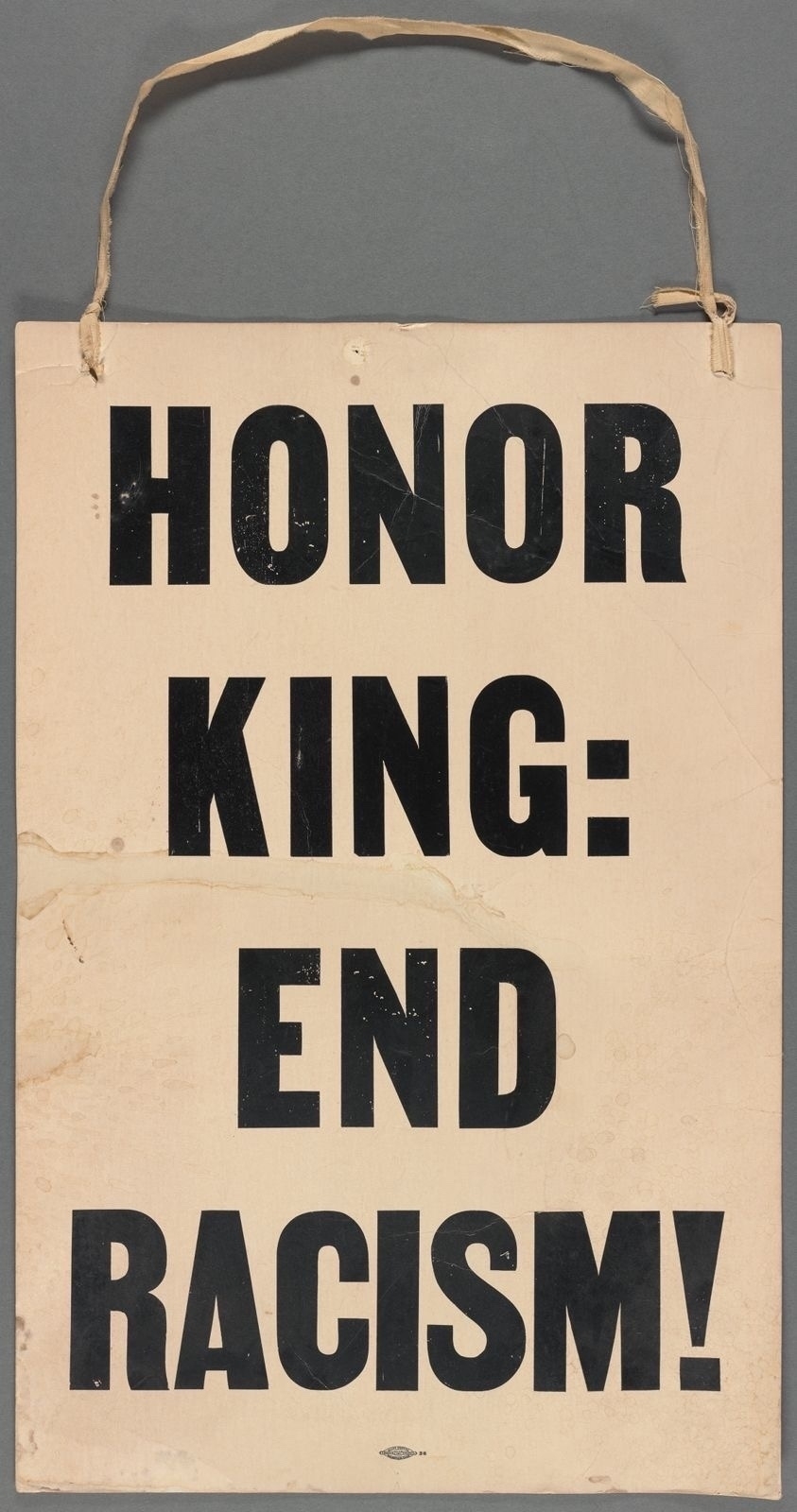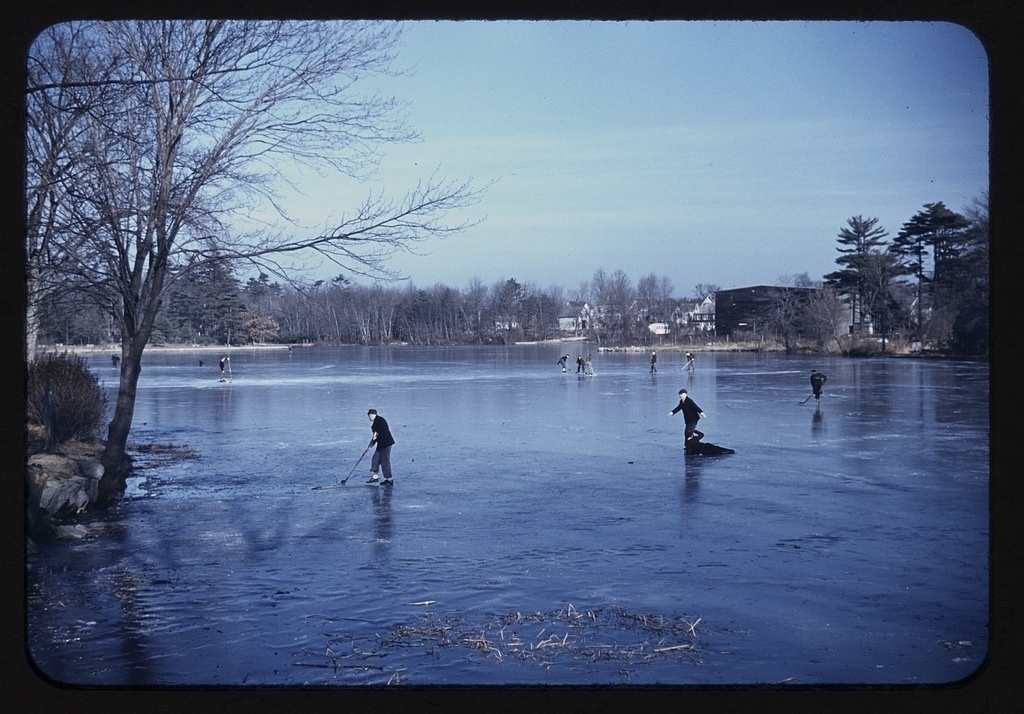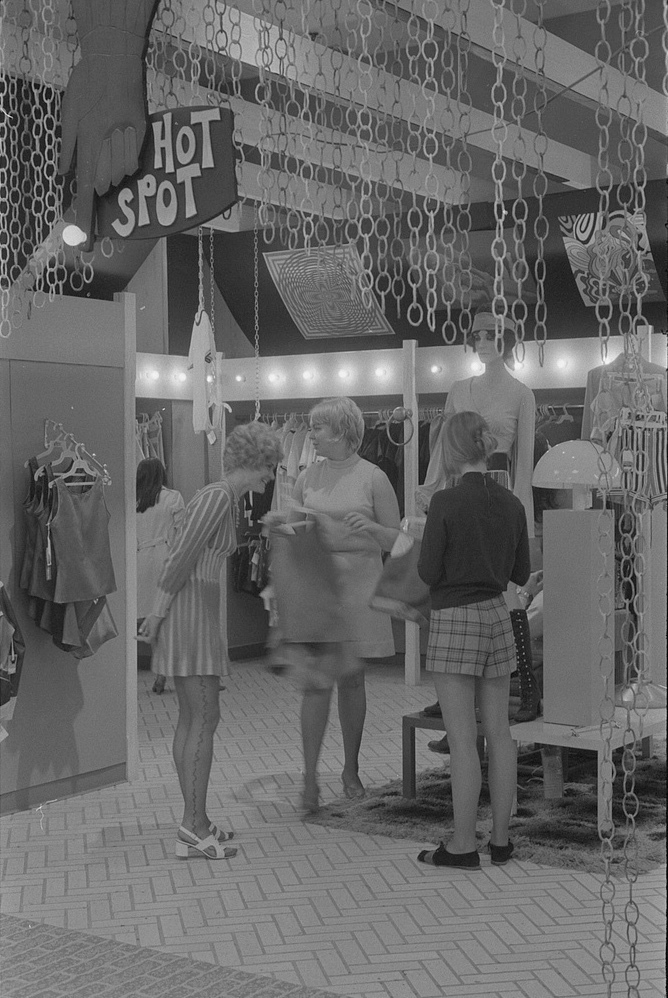Historical Images
Pro-Immigration Cartoon, 1903
“Captains Courageous” by Udo J. Keppler for Puck, July 1, 1903, centerfold, via Library of Congress, https://www.loc.gov/pictures/item/2010652280/.
Pro-immigration cartoon with Theodore Roosevelt on the left. A U.S. flag is marked by a rainbow with the text “Liberty.” To the right is a ship in the dark marked “Immigration” that is trying to escape the storms of “Prejudice.” The president has shot a rescue line that forms the word “Tolerance.” The quote in the lower right corner reads:
I feel that we should be peculiarly watchful over them, because of our own history, because we and our fathers came here under like conditions. Now that we have established ourselves, let us see to it that we stretch out the hand of help, the hand of brotherhood, toward the new-comers, and help them as speedily as possible to shape themselves and to get into such relations that it will be easy for them to walk well in the new life.
– The President’s Reference to Immigrants
Source of the quote: “At the Consecration of Grace Memorial Reformed Church, Washington, D.C., June 7, 1903,” in A Compilation of the Messages and Speeches of Theodore Roosevelt, ed. Alfred Henry Lewis Bureau of National Literature and Art, 1906), pp. 481–83, quote 482.



Now that I’m more than 20 years older than Martin Luther King, Jr., ever had a chance to become, his youth at the time of his murder is much clearer to me, much starker. It makes his achievements seem that much greater and his death all the more painful.
Pictured above: photos of two buttons and a poster from the Schomburg Center for Research in Black Culture, Art and Artifacts Division, The New York Public Library, image IDs 57281864, 57281854, and 58250348.
This funny old German postcard about “the end of the world” caught my attention because of tomorrow’s big event in Washington, DC, Orange Oaf’s return to the White House. The card feels somewhat prophetic, but the earlier threat it references was celestial, not human. Many people were panicking because Earth was expected to pass through the tail of Halley’s Comet on May 19, 1910.
One of the signs to the right in the postcard advertises “Airplanes for rent | Deliverance from the apocalypse!” The other offers big jugs of gasoline, each containing enough to reach (reichend ) the moon, or pungent enough for the odor to carry (riechend ) that far. The airplanes, dirigibles, and hot air balloons for escaping to the moon look as fanciful as their purported purpose.
Source: Newberry Library, John I. Monroe collection of fantasy postcards, NL116N96.
Poster: Cartoon of the German and Italian dictators trying to cobble together what was left of their obscene project in 1945.
Source: Library of Congress, www.loc.gov/pictures/item/2015646607.
Color photo by Jack Delano of kids skating and playing hockey on a pond in the vicinity of Brockton, Massachusetts, in December 1940.
Source: Library of Congress, https://www.loc.gov/pictures/item/2017877371/.
I love the art deco lettering on this modernist “Air Show” building from the 1933 Chicago World’s Fair, “A Century of Progress.”
Source: The Newberry Library Digital Collections, Modern MS Monroe Exposition vol. 28 no. 37.
Public Domain Image Archive, pdimagearchive.org.
“Digitization Complete for World-Renowned Franco Novacco Map Collection,” www.newberry.org….
Newly digitized map collection makes over 750 sixteenth- and seventeenth-century maps available online.
Women installing assemblies and fixtures in the tail fuselage of a B-17F bomber (Flying Fortress) under construction at the Douglas Aircraft Company in Long Beach, California, in October 1942. The bodies of the women seem almost choreographed, embodying the dignity and high purpose of their labor. Photo by Alfred T. Palmer for the U.S. Office of War Information.
Source: Farm Security Administration/Office of War Information Color Photographs, Library of Congress, https://www.loc.gov/pictures/item/2017878924/.
Poster from the Spanish Civil War, ca. 1936–39. The main text reads, “We charge the rebels as assassins! Innocent children and women die. Free men, repudiate all those who support fascism in the rearguard.” The text, bottom right, with the arrow pointing at the mother and child reads, “Here are the victims.” Note, too, the black and red triangle of the Anarchists in the lower right-hand corner.
Source of image and main text translation: Special Collections & Archives, UC San Diego, https://library.ucsd.edu/dc/object/bb5188576r. This page also offers historical context and analysis.
“The old and the new” – front-page cartoon by Bryant Baker for Puck, December 28, 1910. Source: Library of Congress, https://www.loc.gov/pictures/item/2011648851/.
Rural health nurse, upstate New York, by Lewis Wickes Hine for the Milbank Memorial Fund, ca. 1934. The New York Public Library, image ID 460823.
Sled dog race in Tamworth, New Hampshire, on February 28, 1990 with Mt. Chocorua in the background. Source: Bruce Bedford Archive.
“Skiers arriving early in the morning with the weekend ‘ski-meister.’ North Conway, New Hampshire, center of the Eastern Slopes ski territory,” 1940, by Marion Post Walcott.
Source: Farm Security Administration Photographs, New York Public Library Digital Collections, image ID 58859979.
Iowa Art Project WPA poster for a Winter Sports Festival on Jan. 20, 1940, in Hubbard Park [Des Moines] and on Jan. 21 at Gilman Terrace [Sioux City], sponsored by the Jr. Chamber of Commerce and the Recreation Department. Library of Congress, https://www.loc.gov/pictures/item/89715174/.

The caption reads, “Residents listening to radio outside storefront, circa late 1940s.” There are some signs and goods visible, but they’re too small to make out. The uniforms with white smocks of two of the men suggest food.
Source: Schomburg Center for Research in Black Culture, Photographs and Prints Division (Street Scenes, Harlem, 1940s), New York Public Library Digital Collections, image ID 1800852.
I watched “Passage to Marseille,” dir. Michael Curtiz (Warner Bros., 1944), this evening.
I forgot about the shocking scene in which Humphrey Bogart’s character machine-guns the surviving crew of the German plane he’d just downed at sea. The audience in 1944 was meant to sympathize with this act. After all, that crew had just tried to bomb the small civilian freighter. I don’t know if such a scene would have worked in a Hollywood film much earlier, but it did in 1944. Was this fictional atrocity an indication of American popular culture’s brutalization in World War II?

Movie poster image source: “Warner Bros. Pressbook” (1944), Internet Archive.
U.S. Government Caricature of Nazi Propaganda
This 1942 poster was designed to counter the effects of Nazi propaganda in the United States. It is fascinating in its own right, but parts of the text reveal startling similarities to Russian disinformation in our own time.
Accessibility: Description and full transcription of poster.
Europe's Changing Map in 1939 (Photo)

European situation spoils map on Post Office department floor. Washington, D.C., April 12. The huge map on the floor of the Post Office Department here is all out of kilter these days due to the aggression in Europe. Many are the embarrassing questions being asked officials about when Mr. Farley is going to do something about Ethiopia, Austria and Czechoslovakia. The answer so far has been - nothing. Probably the Post Office is waiting to see what will happen next on the continent. Miss Edna Strain is inspecting the damage done by the ambitious dictators. 4-12-39
Image and caption: Harris & Ewing Collection, Library of Congress, https://www.loc.gov/pictures/item/2016875385/.
Shopping in Northern Virginia: Photos from 1967, 1971, and 1976

Tysons Corner Mall, Tysons Corner, Virginia, on April 12, 1976.
Source: Library of Congress, U.S. News & World Report Magazine Photograph Collection, https://www.loc.gov/pictures/item/2024640738, …/2011646503, and …/2024630362.




















